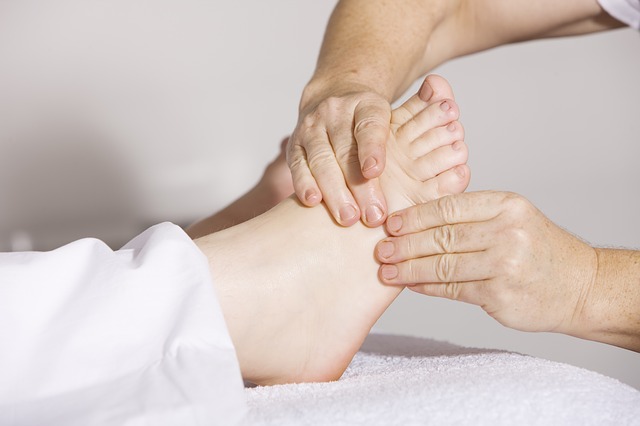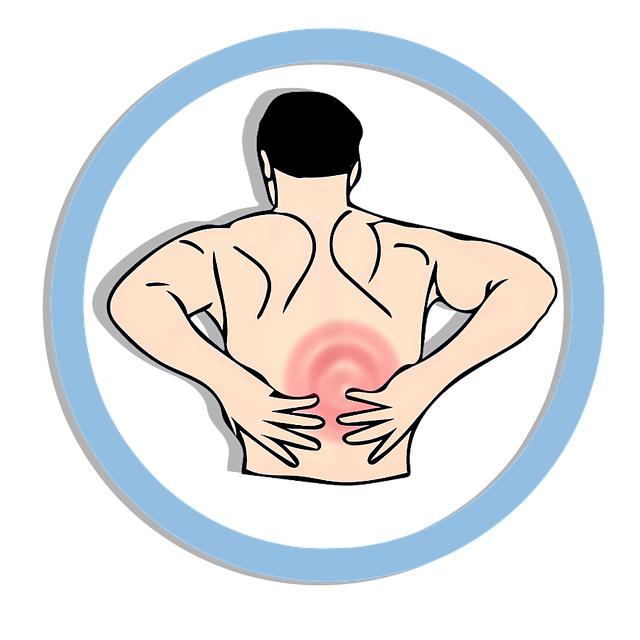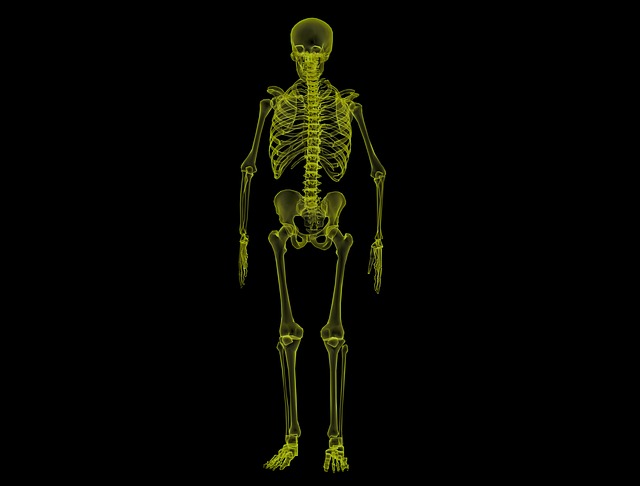Careers with Back Pain: Nursing
Each job comes with its own set of occupational hazards for the spine
Which means that it is important to identify those risks that are particular to your job. And while it may seem apparent that construction workers face a higher incidence rate of injury to their back, you may be surprised to find that nurses suffer more pain as a result of their job. What is responsible for this? It turns out that the lifting involved in nursing is a critical factor in creating back pain. Helping patients move from lying to sitting, boosting them from gurney to examination table and preventing patients from falling are all movements that can damage ligaments and create dysfunction in the spinal motion segments. Here are our tips for preventing back pain as a nurse.
Getting to Know Your Spine In-Depth: Spinal Motion Segments
The Spinal Motion Segment
There are thirty-three vertebrae that make up the human spine. Between each one is a spinal motion segment, also known as a functional spinal unit. Spinal motion segments are made up of:
- Two vertebrae
- Intervertebral disc
- Two facet joints
- A host of supportive ligaments and other soft tissue
The first three in the bulleted list make up what is known as the articular triad, because they allow for the minute articulation between vertebrae. The main role of the spinal motion segment is to allow for motion of the upper body while maintaining enough structural integrity to stabilize the spine and prevent injury to spinal nerves that exit at each level of the spine.
Chiropractic is a Lifestyle not a Treatment
Chiropractic is part of a lifestyle that contributes to overall wellness
At Holmes Chiropractic, our most important goal is to help people live a healthy and vital life. We have identified a host of elements that make up this particular kind of life:
- Regularly energized
- Active living is your norm
- Good diet choices are standard
- Minimal use of medication
- Active living
And chiropractic adds a sixth tenet to this list: spinal adjustment. Because our bodies are designed as the true healers of disease, our job is simply to make them more adept at the healing.
Aligning your body with your lifestyle
B.J. Palmer, a pioneer in chiropractic medicine said: “While other professionals are concerned with changing the environment to suit the weakened body, chiropractic is concerned with strengthening the body to suit the environment.” This is a guiding principle of our philosophy at Holmes Chiropractic: we want to empower your body to make maintaining a high level of health easy! Using chiropractic, you will spend less on pharmaceutical costs, require fewer surgeries and spend less of your life in the hospital. If this appeals to you, then give our office in Houston a call to schedule an appointment today.
Spinal Elongation: The Therapeutic Feeling of Decompression
Shedding some light on the positions that put your spine under more pressure
The following three conditions are examples of spinal positions put the spine under more pressure than normal, leading to the onset (in some cases far too early onset) of spinal degeneration.
- Forward-head posture: this position puts the head anywhere between 1-3 inches forward of a balanced position atop the spine.
- Hyperlordosis: inward curvature of the lower back
- Scoliosis: sideways curvature of the spine that most often occurs in puberty
These positions also cause the narrowing of spinal discs and if left alone for long enough the curvatures can become even more exaggerated. Because these three positions cause increase compression of the spine, our goal is to reverse the ill-effects of this compression. One of the best ways to do this is through spinal elongation.
You Can’t Put a Price on Good Circulation
Circulation is vital
When you work out, either aerobically or by lifting weight, your body responds by increasing blood flow. This increased blood flow, also known as circulation, sends oxygen and nutrients to all parts of the body including vital organs (think the brain), helping them to repair, regrow and function optimally. Let’s look at what inhibits blood circulation and what we, as chiropractors, can do to let the blood flow (circulation-wise).
Chiropractic is Preventative Medicine
Chiropractic can change the way you think about your health
Chiropractic theory treats the spine as the foundation for wellness. As chiropractors, we do everything in our power to ensure the integrity of that foundation through natural modalities. Along the way, we would like to show you why this is the right way of going about things. Rather than a reactive form of health care, we seek to solve problems at their source before they blossom into something bigger and more troublesome.
Flexion-Distraction Technique for Back Pain
Chiropractic uses a wide variety of modalities to treat back pain
Because every case of back pain is unique, each person’s spine will respond to a different protocol for care. At Holmes Chiropractic, we begin with a comprehensive medical history and physical examination to determine what is causing your specific pain or dysfunction. Once we have pinpointed the root of the problem, we can move forward with a plan for treatment that utilizes one or multiple of the modalities in which we specialize.
What are the Worst Things to do After a Workout?
The success of your workout is influenced by what you do afterwards.
The degree to which your workout will actually benefit and improve your physical fitness is heavily determined by the actions you take afterwards. At Holmes Chiropractic, we urge you to get the most out of every workout by observing a few simple guidelines afterwards.
How to: Feel Great in Old Age
The longevity of your spine is important
Here is why we love our spine:
- It lets us move: your spine is what allows for the initiation and success of almost every movement that we do on a daily basis.
- It provides our network for nerve signalling: in this way, your brain communicates with every cell, tissue and organ in your body. This allows us to feel sensations, react and do the things we want when we want.
- It supports us: it keeps us upright and connects to all the important structures and muscles that allow us to move and function on a daily basis
Now what happens when this great structure begins to falter?
As our bodies age, the spine can become a make or break factor in how we feel
The truth is, the lifespan of our spines is finite and most often, it is not designed to function as long as we are now able to stay alive. However, more and more we are treating more and more people whose spines have degraded as early as their twenties. Obviously this was not purposeful but, whether through injury or poor posture, it is a frightening precedent to set for a spine that (hopefully) needs to last you another 50 years.
At Holmes Chiropractic, we protect the longevity of spines in the Houston area
Chiropractic care is integral to supporting the spine- by receiving regular assessments and adjustments we can make sure your spine is aligned and your nervous system is working properly. By gaining a feeling for how good it feels to have a straight and upright spine, you subconsciously begin to take the health of your spine more seriously. This usually means paying attention to posture and the strengthening of muscles that lend support to the vertebrae, especially in the lower back. If you are interested in maintaining the health of your spine long into the future, give our office in Houston a call to schedule an appointment today.
Keeping your Spine Aligned: What you can do
Houston, why do you want to keep your spine aligned?
First of all what determines “good alignment?” A properly aligned body refers to a position in which the head, shoulders, spine, hips, knees and ankles align in a position that puts minimal pressure on the spine. Let us give you some reasons why this is important:
- Good spinal alignment contributes to better body mechanics and fewer injuries
- Good spinal alignment protects and aids in the functioning of the central nervous system
- Good spinal alignment facilitates the optimal functioning of all your major bodily systems









